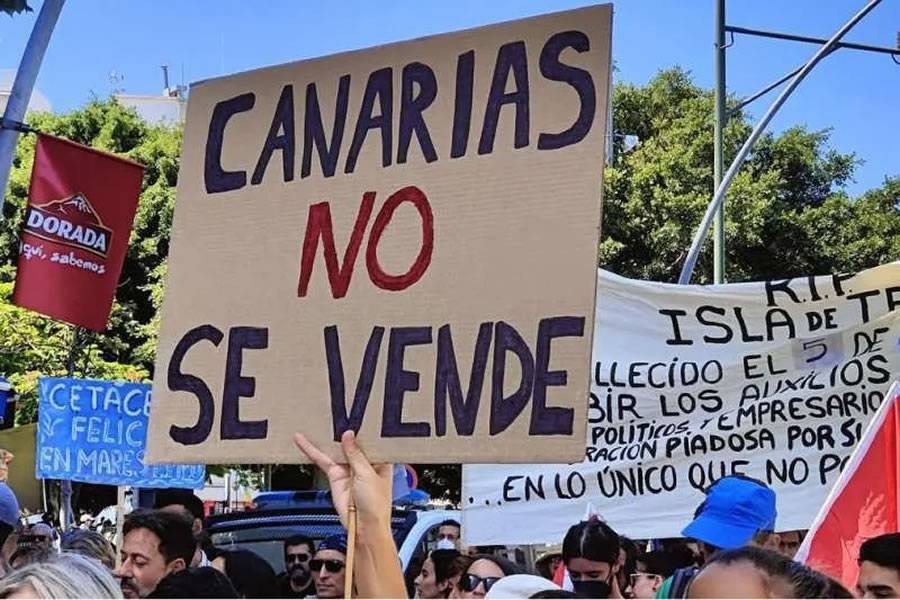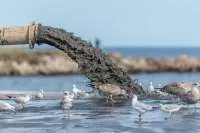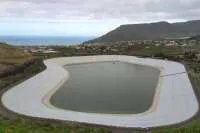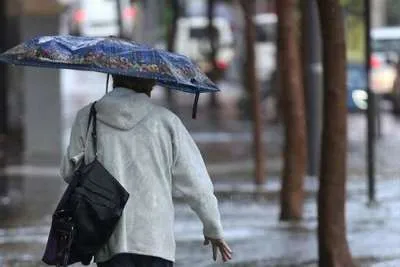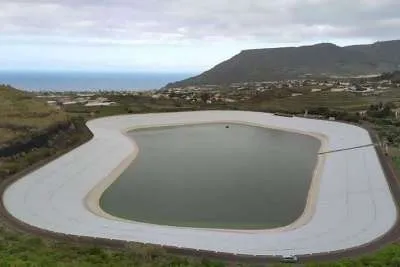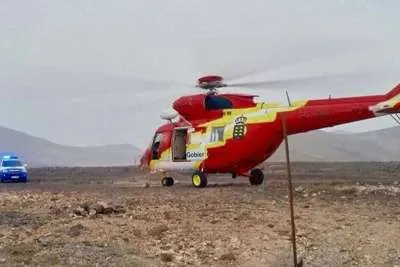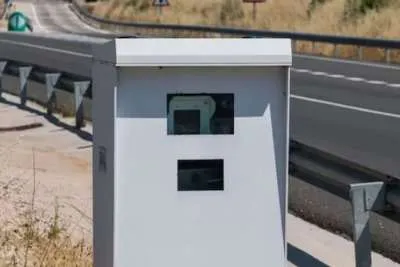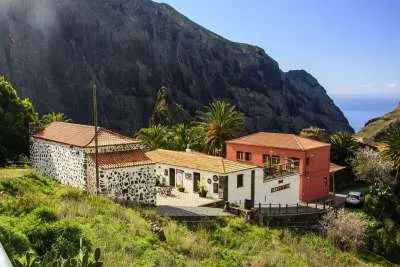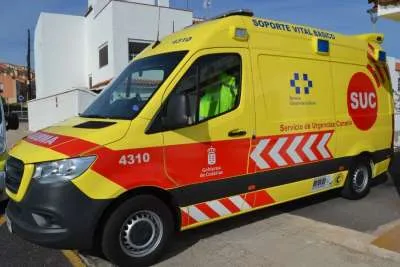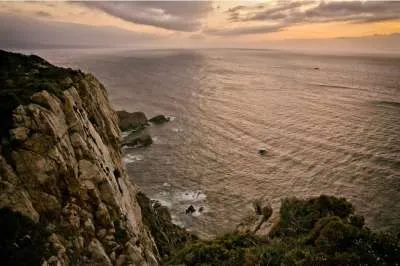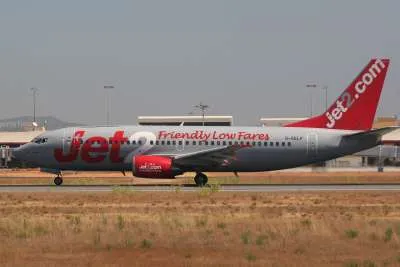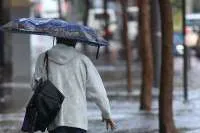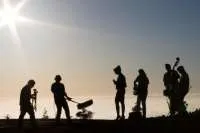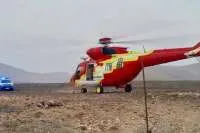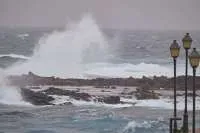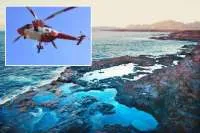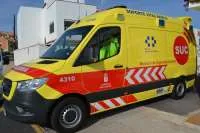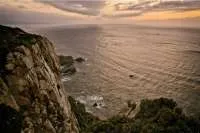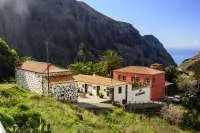Biggest ever protest against tourism planned for April in Tenerife
- 25-03-2024
- Tenerife
- Canarian Weekly
Tenerife has broken all its records for tourist arrivals, as confirmed by the latest reports published last week. Meanwhile, local and regional authorities aim to further increase these figures and benefits while setting the goal of making this industry more "sustainable" and promoting a "transformation of the model", aiming to enhance tourism's capacity "to generate value and well-being for citizens." However, iconic places on the island like Teide or Anaga are facing collapse due to the massive influx of visitors, fuelling what's termed as 'overtourism'.
On Thursday the number of tourists visiting Tenerife was revealed in the Tenerife Island Economic Bulletin, compiled by the Chamber of Commerce, for the fourth quarter of 2023. The data showed that over 6.5 million people visited the island in 2023, the highest number in its history.
Of these, more than 5 million were international tourists, representing an annual increase of 11%, and almost 900,000 were national tourists from mainland Spain, up by 7.1% compared to the previous year.
Protest on Saturday 20th April
This frustration will once again manifest on the island in just three weeks’ time, when fifteen civic and environmental groups have called for a demonstration in Tenerife.
The aim is twofold: to protest against the current development model, which they argue has "overwhelmed" the island, and to become the "largest demonstration in Tenerife's history".
The demonstration is scheduled for Saturday, April 20th, at 12:00 midday, starting from Plaza Weyler in Santa Cruz de Tenerife.
The organisers include ATAN, Salvar La Tejita, Salvar Tenerife, Fundación Telesforo Bravo-Juan Coello, Salvar El Puertito, Tabona, Plataforma Los Silos-Isla Baja, Asociación Abeque, Red Asirem, Coordinadora El Rincón, Rebelión Científica and ADC- Asamblea en Defensa de Nuestra Tierra (ADNT).
Under the slogan “Canarias tiene un límite. ¡Por un cambio de modelo!” (The Canary Islands have a limit. For a change of model!), the groups will demand better conservation of the Islands' natural spaces and the implementation of an eco-tax or tourist tax, a tourism moratorium, and regulation of property purchases by foreigners.
Tenerife leads economic growth in the Canary Islands fuelled by tourism
The Minister of Tourism for the Tenerife Cabildo, Lope Afonso, said on Thursday that "Tenerife is an island in good shape economically, leading this growth in the Archipelago”, but also said that it is "subject to weaknesses and threats."
"We must focus on improving weaknesses and avoid triumphalism. This leadership generated through the increase in tourism activity must be responsible," he stressed, highlighting the need for this industry to be more sustainable.
However, even as sustainability and a change of model are discussed, the same authorities are authorising more hotels and contemplating the development of a new “tourist towns” in the south of the island, mostly dedicated to tourism.
This is known as the El Mojón project, near the already overcrowded tourist hub of Los Cristianos. None of the local, insular, or regional administrations have proposed any limits to the tourism industry (such as an eco-tax or a moratorium on the sector), and initiatives to do so have been rejected.
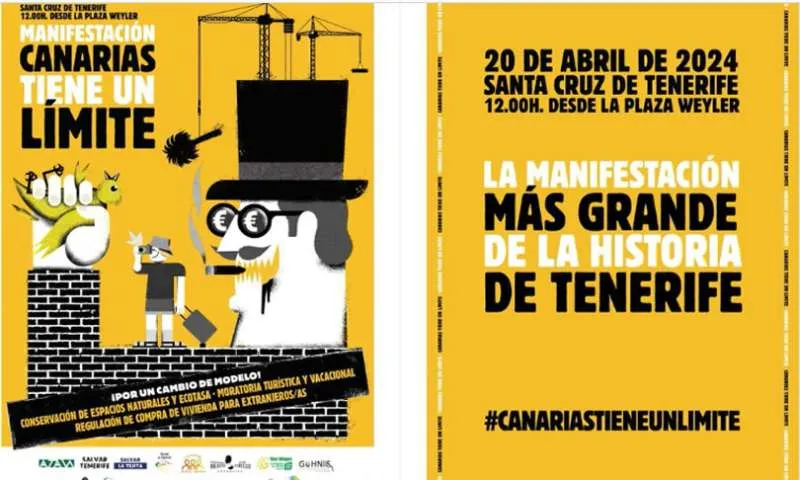
Rejection of initiatives limiting tourist presence
An example of this happened on March 14th in the plenary session held at the La Laguna City Council. The PSOE, CC, PP, and Vox rejected the proposal from Drago Verdes Canarias to limit or control the access of tourist vehicles to the Anaga Rural Park.
Councillor Alberto Rodríguez, defender of the motion, highlighted "the lack of control of vehicles in Anaga, with the consequent impact on the protected natural space."
The motion requested the creation by the City Council of the necessary infrastructures and access mechanisms to limit the entry of tourist vehicles, including rent a cars, vehicles with tourist vehicle driver (VTC) licenses, and quad and buggy excursions, establishing a maximum daily quota to maintain conservation of the National Park.
It also proposed restricting the circulation of private tourist vehicles during weekends, as well as prohibiting their parking within the limits of the Park, as an emergency measure due to the direct impact on the protected area.
Just two days after the rejection of this motion, there was a mass influx of vehicles in the Anaga Rural Park, which led the Environmental Minister for the Cabildo, Pedro Millán, to describe the situation as a "perfect storm," as several factors contributed to the collapse of the area: good weather, ongoing road works, and a traffic light on one of the roads.
This situation is not new, and the residents of Anaga have criticised the large number of vehicles circulating on the park's roads, on several occasions causing congestion at parking lots and, especially, the presence of large buses occupying both lanes to make sharp turns on the narrow and winding roads.
However, this overcrowding is not limited to Anaga; it also occurs in the Teide National Park, the Teno Rural Park, and the accesses to certain beaches, such as Las Gaviotas or Las Teresitas, which experience huge traffic jams on weekends when there is good weather.
To be clear, it's not just tourists; the population in Tenerife has significantly increased in recent years, making it the most populous island in the archipelago, with almost a million inhabitants.
“The Canary Islands have a limit”
Despite ongoing efforts by the tourism industry to promote the Canary Islands, and authorities' reliance on this sector as the islands' economic engine, a growing segment of the population is rebelling against what they perceive as a "developmentalist" model that exploits natural resources and island landscapes under the premise of job creation and wealth.
However, while tourism numbers soar, the Canary Islands still exhibit the lowest poverty and exclusion indicators in Spain (with over 33% of the population) and the second-lowest wages.
There is an increasing awareness that the territory in the Canary Islands is limited and fragile, particularly its natural spaces, which require greater protection.
For a growing number of people on the islands, this contradicts the push to continually increase visitor numbers and the construction of large hotels or infrastructure like ports, airports, or even a motor racing circuit. Controversial projects like Cuna del Alma, the Fonsalía port, and the La Tejita hotel in Tenerife have sparked public outcry due to their scale and, in some cases, failure to comply with regulations or being plagued with irregularities.
Pushing for changes while promoting overcrowding!
On Friday, Turismo de Islas Canarias approved its new marketing plan for 2024, with a budget of €62.6 million, mostly from European funds. The plan purportedly places citizens "at the centre of the Canary Islands' tourism model transformation strategy."
The Ministry of Tourism states that this plan aims to achieve three objectives: enhancing tourism's ability to generate value and welfare for citizens, promoting increased commitment to climate neutrality, and contributing to improved resilience and competitiveness.
To achieve these goals, five main axes of action are established, focusing on citizenship, sustainability, digitalisation, tourism intelligence, and a comprehensive approach to the tourist experience.


